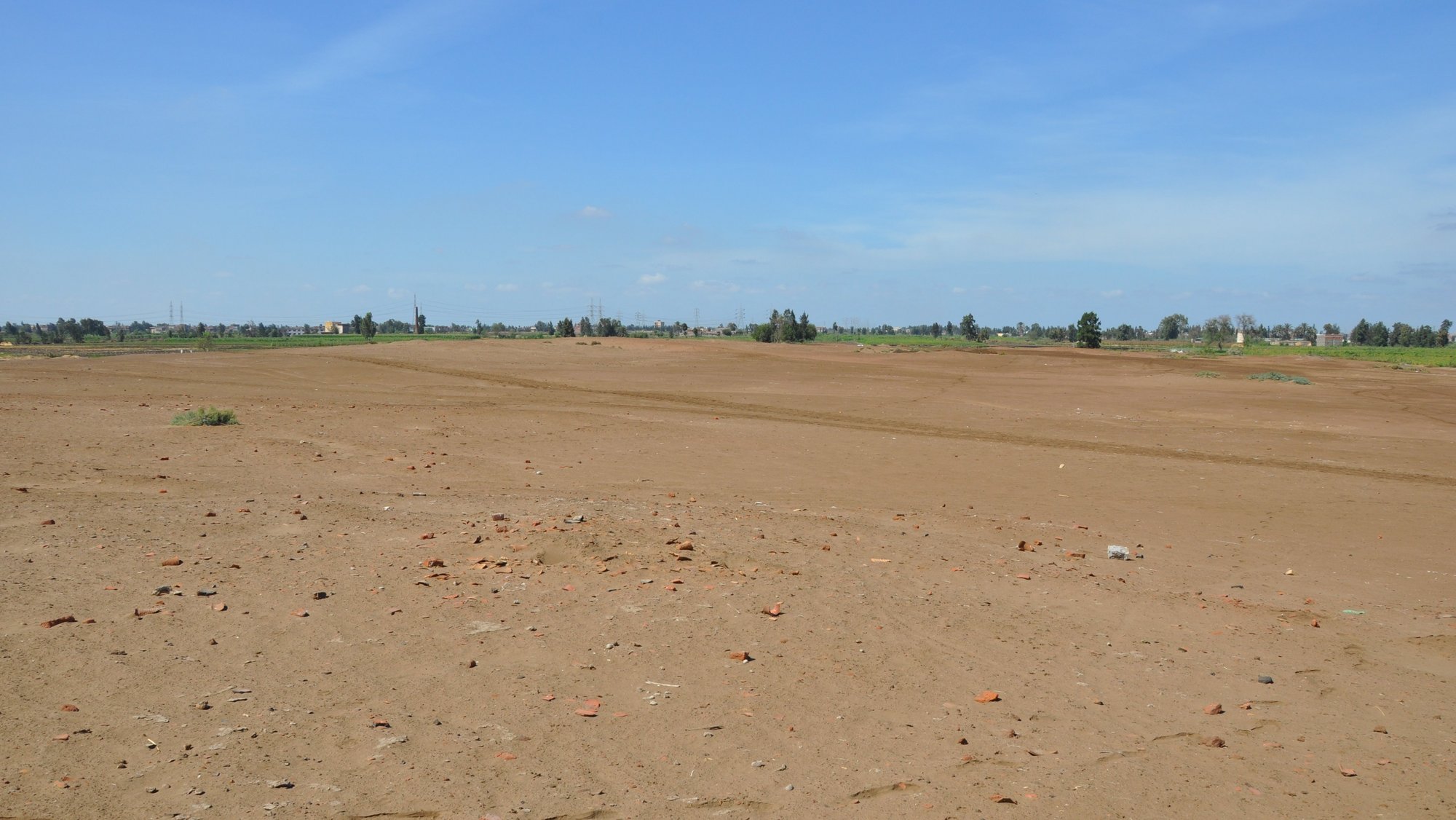Overview
Satellite image (google earth) of the settlement mound at Kom el-Gir, augmented with the yellow contour lines of the digital relief model (25 m intervals), drilling holes (white reticules) and the site of two monumental installations, the enclosure walls of the temple (green) and the fort (red).
The ancient settlement of Kom el-Gir lies in the north-western Nile Delta, some 30 km south of the modern Mediterranean coast and some 20 km south of the Lake of Burullus, which forms part of a belt of lagoons extending along the coast. The site is about 4 km northeast of Buto (Tell el-Fara’in). The Nile Delta has proven an important economic and settlement region within Egypt both today and in antiquity alike, and yet the landscape has fundamentally changed. The region was permeated by numerous smaller branches of the Nile during the Ptolemaic–Roman periods (4th century BCE to 7th century CE), on the banks of which settlements were founded. Today, natural watercourses have disappeared, and the landscape is marked by artificially created canals serving to water the intensive agriculture of the area. Through archaeological surveying, it has become apparent that this region was only extensively settled from the 1st millennium BCE. This process of development and settlement enjoyed its heyday in the Roman and Late Roman eras (1st century BCE to 7th century CE). The site of Kom el-Gir is representative of this dynamic development, which evidently petered out during the early Islamic period. In the Modern era, the northern Delta occupied a marginal position, the intensive exploitation thereof only occurring from the early 20th century onwards. On grounds of the comparatively limited modern settlement, an above-average number of freestanding and well-preserved, but archaeologically unexplored ancient settlement mounds remains today within this region. It is planned together with Kom el-Gir to study one such site in an exemplary manner.
According to present knowledge, the settlement of Kom el-Gir was founded during the Ptolemaic era (4th to 1st century BCE) and lasted until the Late Roman or early Islamic eras (7th to 9th centuries CE). Far less is known of the regional settlement prior to the Ptolemaic period; most likely, it was much sparser. Akin to all ancient settlement mounds of this region, the Kom el-Gir displays no monuments protruding from the surface. Nonetheless, prospection evidenced a temple enclosure and a Late Roman fort in addition to domestic housing; the fort was further archaeologically verified by means of test trenches. The name Kom el-Gir (“Limestone Hill”) refers to stone architecture manifested today only in fragments found on the surface and within drilling cores. It seems most likely that these belong to fragmentary stone blocks from a temple building.
With the expansion into the northern Delta’s margins occurring from the Ptolemaic period (late 4th century BCE) onwards, Egypt had gained a significant new economic and settlement area which would flourish until the Late Roman era (4th to 7th centuries CE). Nevertheless, little is as of yet known about life during antiquity in this particular region of Egypt. As no written documentation from the Delta is preserved from this period, archaeology can shed essential light upon the region’s mode of living and economic system. The Kom el-Gir presents a highly suitable case study for this as the settlement mound has not been overbuilt or massively disturbed until now. It is even possible to gain insight into regional lifestyles at the level of individual houses. Ptolemaic and Roman Egypt was marked by religious and ethnic diversity, the investigation of which can here be approached within the context of a rural settlement of the Delta. The monumental buildings of a temple and fort erected within the settlement raise the question as to the coexistence and conflict of various groups, levels of the state, and interests. Key to this, in turn, is the question of imperial strategies in expanding into new land and exploiting this for the greatest possible economic return. By means of a reconstruction of the ancient landscape, most prominently the waterways immediately surrounding the settlement, an understanding may be gained of the environment, its changes, and the embedding of the settlement therein.
Team members:

